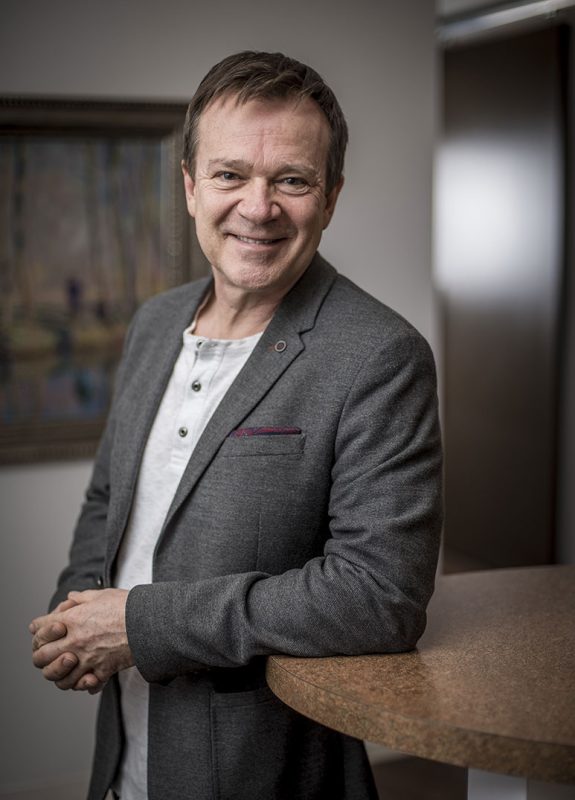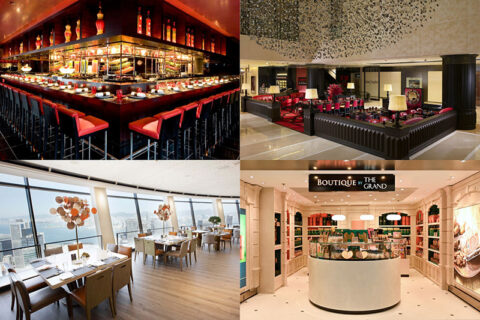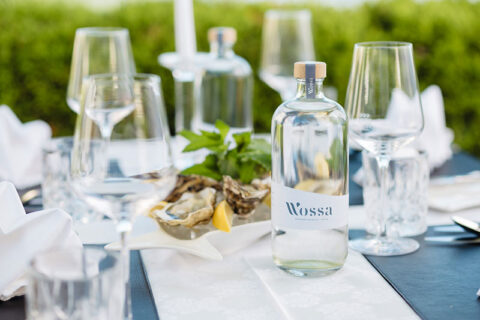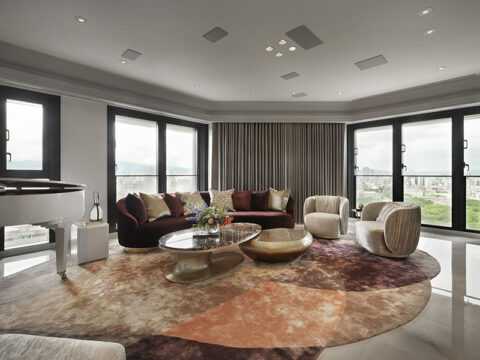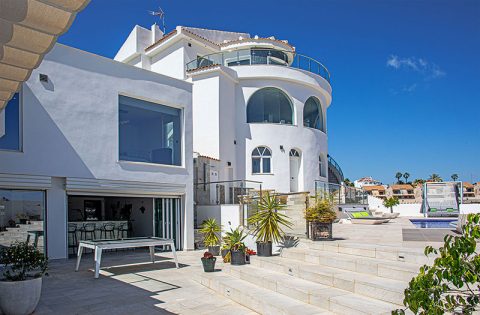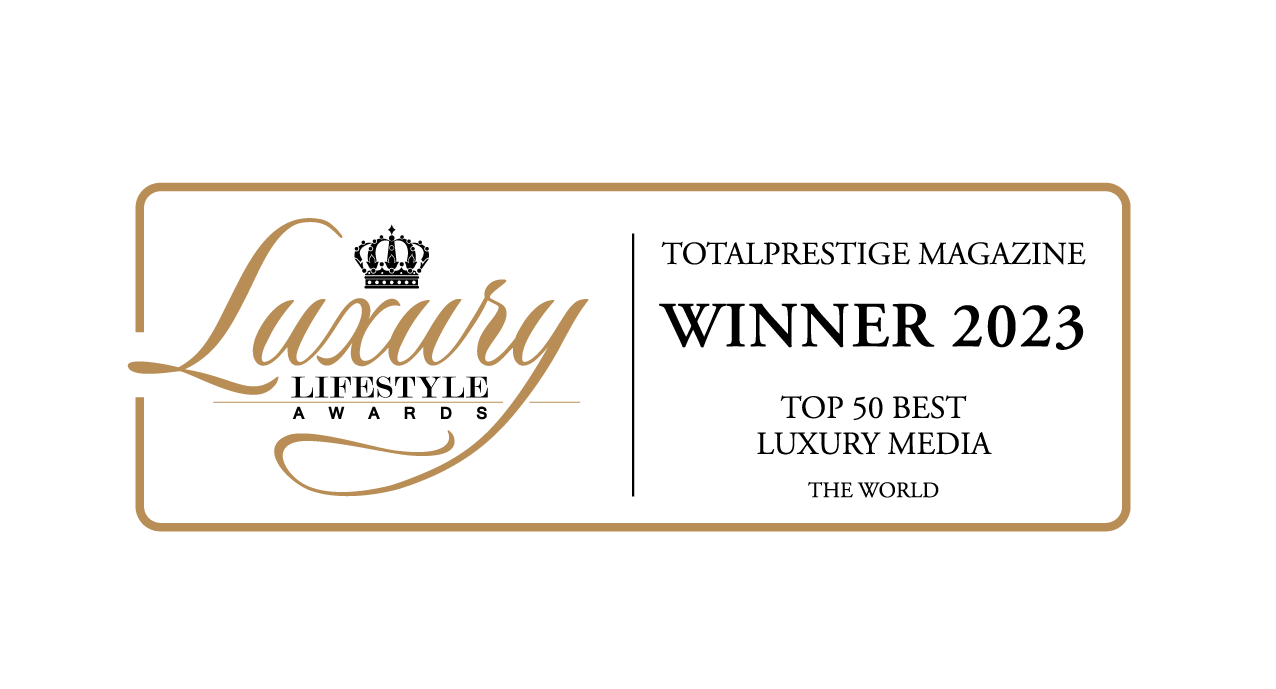For those of us who revel in the exhilaration of collecting masterpieces by our favorite artists, we know all to well that looking after our artwork can be an art itself. In many cases it’s only reasonable to sacrifice our enjoyment and hide these beautiful treasures away in storage facilities, where they can increase in value away from any hazards or risks.
With a track-record of working with world-class museums to restore and re-create paintings by the likes of Van Gogh and Monet, Arius Technology is offering a welcomed solution with their exciting new Art Collector Services.
Paul Lindahl and his amazing art-technology company, Arius Technology are devoted to preserving and creating art. Arius uses 3D optical lasers to create digital fingerprints of painting, which map the color and geometry of every brushstroke.
Taking a snapshot of artworks provides priceless data that can be utilized to help preserve humanity’s cultural heritage, effectively building a cultural ‘seed bank’ for fine art. Such data can be licensed or donated to museums, publishers or exhibitors and positions collectors to take advantage of future 3D, virtual reality and augmented reality technologies.
Most of all, collectors can maximize the safe-keeping and enjoyment of their art, thanks to Arius’ fine art reproduction services that allows us to enjoy high-fidelity, textured reproductions in our home or office, while the original is safely stored.
Lindahl is a serial entrepreneur who has achieved large amounts of success in his career. His current art-technology focus is revolutionizing the industry, and allowing millions to experience art that otherwise wouldn’t.
Totalprestige Magazine recently caught up with the busy entrepreneur to learn even more about Arius and the amazing services Lindahl’s company provides.
Paul, can you please tell us about Arius and the services you provide?
Put simply, Arius is an art technology company. We’re dedicated to developing technology for the preservation, creation and distribution of art. Helping to foster and maintain an art-rich culture around the world.
We’re best known for our partnerships with world-class museums, including the National Gallery of Canada, with which we have digitized and re-created the likes of Van Gogh and Monet masterpieces. By working with museum curators we’re able to take 3D scans of original paintings, recording data points that are finer than one tenth of a human hair. Our engineers then map the data together to create digital fingerprints of artwork, which can be used to print textured reproductions that capture the color and relief of every brushstroke.
We recently entered into a partnership with one of Europe’s largest freeport facilities to extend this service to art collectors, who will now be able to enjoy their collection at home without compromising its safety. With the opportunity to create several reproductions, one painting could be shared with the family or be enjoyed in multiple homes or offices, while the original is safely stored in secure, climate-controlled facilities.
From tech to art, how does your company bridge both worlds?
The first iteration of our technology was built by Canada’s National Research Council to scan the Mona Lisa. So, if there were ever a research project that ticked both boxes, that would be it. Fast forward several years and we’ve built an even more robust bridge between art and technology.
While our market offering clearly serves various stakeholders within the art world, Arius’ art and tech culture is deep rooted in the team of people that make these amazing achievements possible. From our engineers to gallery owners and our New York-based art consultant and curator, we have created a wonderful blend of talent. Our art production team is particularly unique in that they are truly “art engineers” – incredibly talented, technical engineers who are also artists. To have working artists building our technology and shaping what we offer the world is integral to our success.
Please tell us what some of the company’s highlights have been?
There’s a number of successful milestones that come to mind for Arius. First, we have had a long and successful relationship with the Canadian Government. This is represented from the work we have done with the National Research Council of Canada, to the government funding for the commercialization of our technology for the art industry.
Our entry into the art industry, starting with our partnership with the National Gallery of Canada, was also a turnkey moment. Our journey with the museum was a massive experience, putting our innovations to work for the art world.
Seeing the first ever 3D reproduction of Van Gogh’s ‘Iris’ was an incredibly thrilling moment. It was the fruits of years of labor, and before long, we were launching our first collection of limited edition re-creations via our Verus Art brand. Now, we are working with other world leading museums.
In addition to recreating art works of masterpieces to enjoy at home, our team has also taken these works out of the museum and into the classroom. Starting in Vancouver, we’ve been visiting elementary schools, teaching children about Van Gogh and Tom Thomson by showing them (and letting them touch!) pieces that they may never otherwise travel to experience.
After signing a partnership with Fine Art Logistics Natural Le Coultre (FALNLC) and starting projects with other world-class museums, 2018 also looks to be off to a great start for Arius.
Paul, what sets Arius apart from competitors?
Arius is the first to use laser and 3D technology for the digitization and re-creation of artwork, but we know this won’t always be the case. That’s why we’re devoted to building the best possible team, who will continue to innovate in a way that we can truly change and evolve the art world as we know it.
The way our digitization system has been engineered is a great example of this. By working closely with Stephen Gritt, Head of Conservation and Technical Research at the National Gallery of Canada, we were able to build our technology with safety and security of the art as the number one priority. From the way paintings are mounted in our scanning easel, to the minimal exposure of low-energy light from our scanner (which is less harmful than standard museum lighting), we’re confident that our data is of the highest caliber while being the safest option, too.
What’s next for Arius?
Arius is a hive of activity! We’re currently pressing ahead to construct new digitization systems that will be relocated from our HQ in Vancouver to Hong Kong and Luxembourg; allowing us to best serve collectors and museums in Asia and Europe.
We’re also embarking on a digitization project with the Tate and are about to launch a new brand, called ‘alta’, that will be an artist-facing opportunity. A printmaking platform for the digital age, artists will be able to create physical works that can be digitized, manipulated, and transformed into varied editions, which can be printed with relief and elevation.
It’s a very exciting time for Arius to say the least!
Paul, instinct versus expertise: Which is more important and why?
For me, it has been instinct. I believe intuition is the fundamental driver on what is achievable and what will resonate in the world around you. Expertise simply provides the foundation for success in the execution. Expertise-only decisions can choke off innovation and vision.
What is the most challenging part of your work?
The unknown. I have spent most of my career starting up new businesses. You must forecast outcomes from no trend analysis; building from a blank sheet forward can be very daunting and requires courage to take the plunge.
What has been your most rewarding professional experience?
Starting a company on my credit card, which became recognized as a leader in its industry, employing and supporting over 100 employees and their families.
Paul, what is a day in your life like?
Enjoyable and full with constant demands that often collide.
What makes you smile?
Dogs with their instant happiness to see you.
What scares you?
Indifference
What is your greatest achievement?
My two daughters, who have grown into confident and caring young women.
What is your secret talent?
I’m a fairly good dancer.
Which historical figure do you most admire?
Winston Churchill. He inspired an entire nation.
Paul, do you have any hobbies?
I love being on the water, surrounded by the wilderness. Fly fishing and boating give me the relaxation I need to balance the stress.
What are you never without?
Humor; it is a stress reliever. Business is challenging enough without sucking the life out of it with a constant serious nature in your interactions.
Can you share two of your favorite quotes with us?
“Never in the field of human conflict was so much owed by so many to so few.” – Winston Churchill.
“In the end, we will remember not the words of our enemies, but the silence of our friends.” – Martin Luther King Jr.
What have you sacrificed for success?
Like most entrepreneurs, I have missed too many family experiences from the time demanded by the business. It is something you can never get back. It is very important to strive for some level of work life balance.
What advice would you give to anyone starting a new business?
Never doubt yourself. If you show uncertainty or hesitation to your team, you will have a higher hill to climb. Confidence rallies the passion needed to overcome the inevitable obstacles that block your path to success.
Is there anything else you would like to add?
Have some fun along the way.
For more information on Paul Lindahl and his amazing art-technology company Arius, please visit www.Ariustechnology.com.


